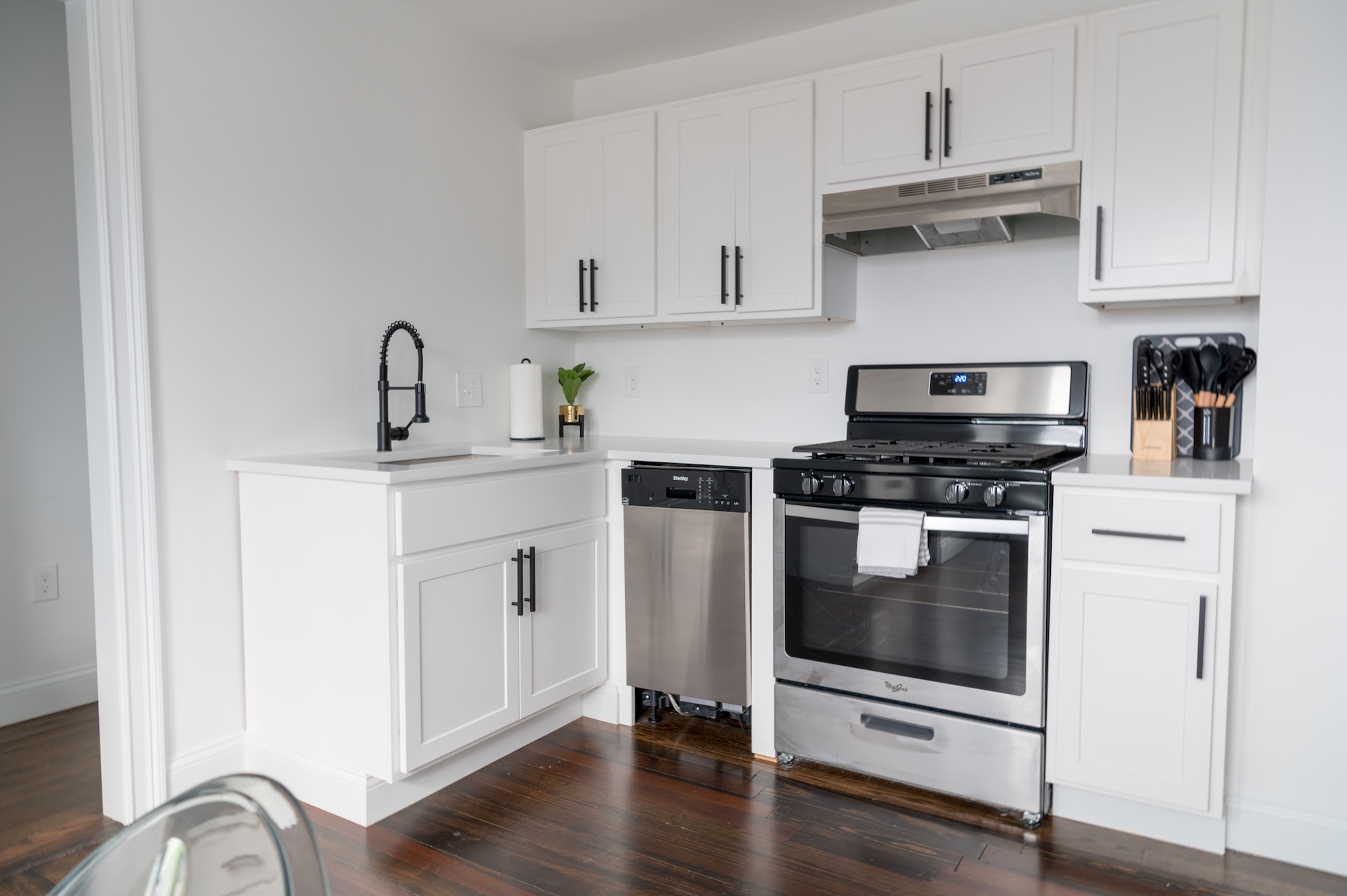What Are the Top Signs of Oven Repair
You’ve been cooking up a storm and suddenly, your trusty oven starts acting up. What’s that strange noise? Why isn’t it heating up like it used to? Before you panic, let’s explore the top signs that your oven may need repair.
From inconsistent heating patterns to electrical issues and persistent burner problems, we’ll help you decode what’s going on.
So, let’s dive in and get your oven back in top-notch shape.
Unusual Oven Noises
If your oven’s making strange noises, it’s a telltale sign you may need a repair. Sound diagnosis tips can help you figure out what’s going on.
First, identify the type of noise. Is it a rattle, a hum, or a buzzing sound? These noises can originate from different components of your oven.

Noise source identification is crucial to fixing the problem. A rattling noise might indicate loose parts, while a humming sound could mean an issue with the fan. Buzzing might suggest a malfunctioning electrical component.
Don’t ignore these sounds. They’re your oven’s way of telling you something’s wrong. So, tune in, diagnose the sound, and take action.
Your oven’s longevity depends on it.
Inconsistent Heating Patterns
Moving on from odd sounds, another clear sign you’re due for an oven repair is inconsistent heating patterns. If you’re noticing temperature fluctuations in your oven, it’s a telltale sign something’s amiss. For instance, if you’ve set your oven to 375 degrees, but the internal temp is wavering between 350 and 400, you’re dealing with temperature inconsistency.
This problem can lead to uneven baking. You might find your roast is overcooked on one side and undercooked on the other. Or your cookies might be burnt at the edges but raw in the middle. It’s frustrating, isn’t it?
Inconsistent heating not only ruins your food but also indicates your oven needs a professional check. Don’t ignore these signs; get your oven serviced.
Problems With Oven Door
Besides temperature inconsistency, another issue you might face is oven door malfunctions, a common yet overlooked sign of needed repairs. If the oven door doesn’t close properly, it’s likely due to misaligned hinges. You’ll notice gaps or an uneven alignment, causing heat to escape and disrupt cooking times.
Another problem to be wary of is door seal deterioration. Over time, the rubber gasket around your oven door can wear out, leading to heat leakage. If you’re finding it harder to maintain oven temperatures or notice visible signs of wear and tear on the door seal, it’s time to replace it.
Don’t ignore these signs. Addressing them promptly ensures your oven’s longevity and optimal performance.
Electrical Issues
Another crucial sign that your oven needs repair is when you start experiencing electrical issues. It’s important for you to understand the Faulty Wiring Discussion, as it’s often a primary culprit. If your oven’s lights flicker, or it fails to heat up despite receiving power, you could be dealing with faulty wiring.

Power Surge Impact also plays a significant role in oven malfunctions. After a power surge, if your oven refuses to turn on or exhibits erratic behavior, it’s a clear indicator that its electrical components might’ve been damaged. Always monitor your oven closely after such events. If you notice any irregularities, don’t hesitate to call in a professional. It’s better to be safe than sorry when dealing with electrical issues.
Persistent Burner Problems
If you’re constantly struggling with burner issues, that’s a clear sign your oven may need a repair. Persistent problems could indicate a shortened burner lifespan, a common issue in older ovens. Not every burner is made to last forever, and frequent use can drastically reduce its longevity.
Ignition troubles are another red flag. If your burner isn’t igniting properly or at all, it’s not just a nuisance – it’s a sign of a larger problem. This could be due to a faulty ignition switch or a clogged gas line, both of which require professional attention.
Frequently Asked Questions
What Are the Implications of a Gas Smell When the Oven Is in Use?
If you’re smelling gas when using your oven, it’s a serious concern. It could indicate a gas leak, risking carbon monoxide dangers. Don’t delay – seek professional help for immediate gas leak prevention.
Can an Oven’s Self-Cleaning Feature Cause Damage Over Time?
Yes, overuse of your oven’s self-cleaning feature can cause damage over time. Misuse increases these self-cleaning hazards, potentially damaging interior parts and shortening the oven’s lifespan. Careful use is key to avoid issues.
How Often Should an Oven Be Serviced for Maintenance?
You should service your oven annually. Regular preventive measures can extend its lifespan, enhance performance, and lower servicing costs. Don’t wait until issues arise; proactive maintenance is key to keeping your oven in top shape.
What Are the Common Errors Displayed on an Oven’s Digital Screen and What Do They Mean?
You’ve likely seen error codes flash on your oven’s digital screen. These codes are your oven’s way of saying something’s wrong. Understanding them is key to troubleshooting and knowing when to call a repair professional.

How Can One Determine When It’s More Cost-Effective to Repair Versus Replace an Oven?
To decide if it’s more cost-effective to repair versus replace your oven, conduct a repair costs analysis. Compare this to your oven’s lifespan. If repairs exceed half its value, replacement might be a better choice.
Conclusion
So, if your oven’s making strange noises, heating unevenly, giving you door trouble, showing electrical glitches, or your burners just won’t behave, it’s screaming out for some TLC. Don’t ignore these signs, they’re your oven’s SOS.
Save your meals, and your safety, by getting a professional in to take a look. Better to fix a small problem now than face a total oven meltdown later.
Listen to your oven, it’s talking to you.
